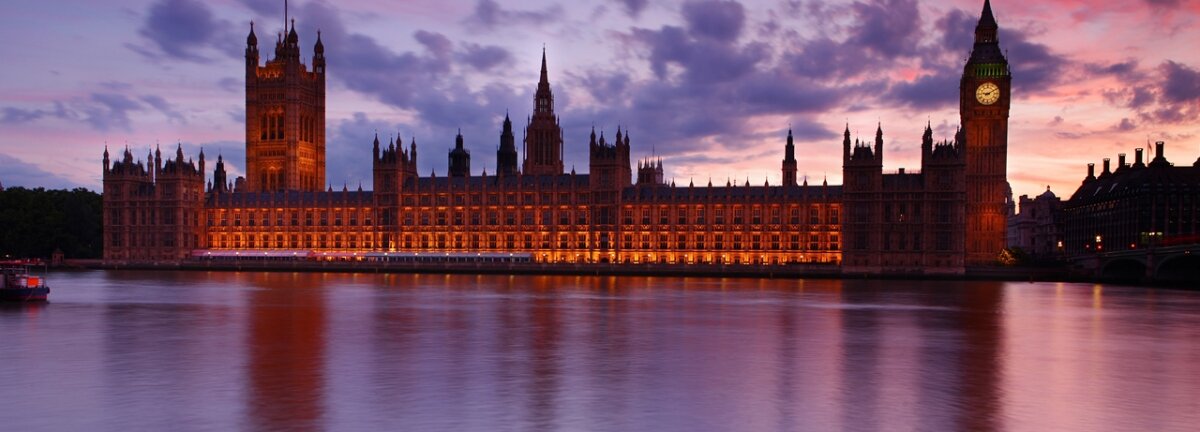Autumn statement 2014: Our response

In today’s autumn statement, the Chancellor touched upon a few issues that I wrote about at the beginning of the year, and a few that we have been commenting upon more recently, including science and innovation, cities and local growth and the importance of helping UK businesses to export their products and services more easily.
This year, government statistics showed design is the fastest growing creative industries sector, both in terms of new jobs and gross value added. The Design Council has been closely involved in developing the Creative Industries Strategy, a cross-sector vision that will secure the long-term growth of UK creative industries. I am pleased the chancellor reiterated support for the sector, which already generates a staggering £8m per hour for the UK economy.
Below are some key aspects of the autumn statement and our reaction to them.
Northern Powerhouse & Cities
The Chancellor set out his plan to deliver his vision for a northern powerhouse for the UK economy. Cities across the country are not reaching their full potential, constrained by insufficient infrastructure and a lack of affordable housing. Design can help deliver local ambitions by helping cities bring forward – at pace – new housing and infrastructure.
The Design Council’s new Cities Programme has demonstrated that a proactive approach to planning can bring forward necessary development to deliver local ambitions and stimulate local growth. We will work with government and cities in the north and across the country to create more successful, prosperous places.
Housing
In addition to Ebbsfleet, the government yesterday announced plans for another Garden City near Bicester. Our research has demonstrated that good quality housing schemes deliver more homes on site thereby enhancing the scheme’s viability. The quality of new homes also matters to communities with 73 per cent of people saying they would support the building of more homes if they are well-designed and in keeping with the local area (NHPAU, 2010). Design Council will work with government and the new development corporations to deliver high-quality homes and successful new garden cities.
Science and Tech
On growth, today’s budget showed that science and innovation is integral to the UK’s economic success through the announcement of an injection of £600m into the UK's scientific research infrastructure.
Design is a powerful, effective tool for commercialising research. We have now worked with 30 per cent of UK Technology Transfer Offices. Our evidence shows that design accelerates commercialisation and increases the value of products and services that are brought to market through universities.
This government has made a commitment to creating a long-term vision for science through a new Science & Innovation Strategy, due imminently. Design has a vital role to play in achieving this strategy and we expect design to be included in the government’s vision for science research.
Export
The statement also included a welcome £45m package to businesses that want to grow through exporting for the first time, beyond the USA and Europe. Access to the right mechanisms that support businesses to reach new markets are crucial and we know from decades of experience working with businesses that design boosts exports. Design Council research shows that for every £1 invested in strategic design, businesses see a return of over £5 in increased exports.
Public sector savings
Delivering public sector spending reductions without damaging frontline services has also been a strong theme of this Parliament. Today, the Chancellor said that in the first two years of the next Parliament at least £15bn will be taken off Whitehall budgets.
Public sector reform requires new ways of working - our design-led work in A&E for example helped the Department of Health reduce violent behaviour by 50 per cent, while a collaborative approach to local delivery of services has saved £486k a year. It also saved £3 for every £1 invested in design.
Great strides have been made to bring new approaches to Whitehall in the past 18-months. The challenge government now faces is building the capacity to use new methods which focus on citizens and help to find cost savings. I am sure that design, working with industry, will be vital in this.
I’m particularly pleased with the government’s pledge of funds to the creative industries, which continue to thrive as a powerhouse of the UK economy. I am certain design will continue to play an absolutely vital role here, as well as in the development of the UK’s social and cultural wellbeing.
Subscribe to our newsletter
Want to keep up with the latest from the Design Council?
